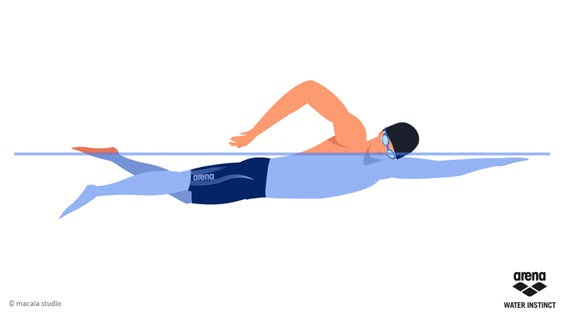If you are loyal to your work, you become its owner-Siemens NX ( CAD CAM (Mechanical)


How meditation helps the mind
Q1. What is the mind?
The mind is what thinks! The mind can be helpful or harmful. If
the mind has poor habits, it will have negative feelings towards others.
If we make the effort to train the mind to improve itself, the thoughts
will be more good-natured and loving towards others and ourselves.

Q2. How can the mind improve?
The mind can purify itself. A part of the mind is always
observing what is happening and it can do the task of improving the
mind. If it learns to observe things as they are, then it will
understand that when there are negative thoughts or emotions, the mind
is distressed. As this observing part of the mind becomes stronger, the
reacting parts of the mind become weaker. The mind becomes more pure and
the suffering is removed.

Q3. How can Anapana meditation help?
You observe the breath coming in and going out, without allowing
any other thoughts. Usually when pleasant thoughts come in the mind, we
want something, and with unpleasant thoughts, there is dislike. But when
we are simply observing the breath, even for a few moments, there is
no negativity polluting the mind. As these moments of purity become
longer, the mind gradually becomes cleaner. It is initially at the
surface level, but this prepares you to later practice Vipassana
meditation, which will clean down to the roots.


Q4. How can we keep focused when the mind is full of thoughts?
That is exactly why we meditate. If the mind was already able to
stay focused, you would not need to meditate. The mind keeps wandering –
this is its habit. All kinds of thoughts come, mostly about the past or
the future. The important thing is how soon we become aware the mind
has wandered. Our job is to keep bringing the mind back to observing the
breath.
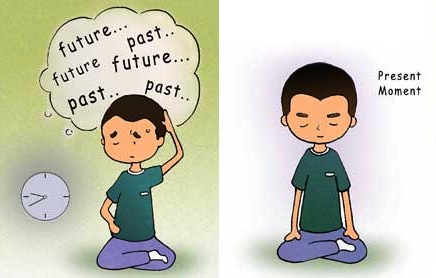
Q5. What is pure breath?
Pure breath is when there is only breath. The moment something
else, like a word or an image, is added to the breath it becomes impure.
In Anapana meditation, we work only with pure breath, nothing else
added.

Q6. What is natural breath?
The flow of breath that happens naturally, without making any
extra effort. It may be soft or hard, slow or fast, but we never try to
change how it is. The natural breath comes in and goes out without any
effort on our part. Our job is just to observe it.

Q7. Why do we observe only the breath?
Because we want to know the truth about ourselves. By meditating
with only pure breath, and nothing else, we start to experience this
truth. Our breath is related to our body and also to our mind. We are
observing the breath, and in the process, we begin to know our mind.
When thoughts come in the mind, the mind reacts to these thoughts, and
the breath changes. When we get angry or upset, we notice that the
breath becomes harder and faster. As the mind calms down, the breath
returns to normal. As we understand the mind through observing the
breath, we are able to strengthen our good qualities.
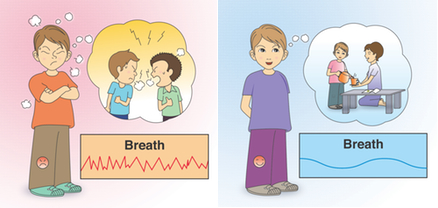
Q8. What are the qualities of a pure mind?
A pure mind is full of love, goodwill and compassion for
everyone. It does not generate anger, ill-will, hatred or greed. With a
pure mind, our thoughts and actions are kind and helpful to ourselves
and others.

Please watch:
http://www.youtube.com/watch?v=oLel1sMDpEM&list=LPWCeFjm-hYPo&index=1&feature=plcp
for Buddhist Meditation - Lama Ole Nydahl
05:11 mins
http://www.youtube.com/watch?v=-49FV0Bs6mw&list=LPWCeFjm-hYPo&index=2&feature=plcp
for Buddhas in Gardens - HD - Calming Nature Buddha Meditation -05:54 mins
http://www.youtube.com/watch?v=E2a5RZjzC8A&list=LPWCeFjm-hYPo&index=3&feature=plcp
for - 04:08 mins
http://deoxy.org/annex/cwl.htm
http://www.thefullwiki.org/Meditation
1)
To represent as The Clear White Light Simili for Nibbana entire
project may be painted white - Right from LKG to the modern Crematorium
2) Bodhi and Sala Trees may be planted for practicing Meditation.
3) Internet Connectivity
and any other proposals
http://www.chipworks.com/about-chipworks/overview/blog/broadcom-wireless-iot-business-ip
Contributed by Ray Angers
Just three months after the formation of Broadcom Limited,
the first large organizational change came recently with the
announcement that the newly formed entity was selling its wireless
Internet of Things (IoT) business to Cypress Semiconductor Corp.
This news provided the motivation for Chipworks to take a look at the
patent landscape of the new Broadcom and try to determine what
intellectual property (IP) might be associated with this transaction.
A bit of background on Broadcom and Avago
On February 1st
this year, Broadcom Limited was created. The new company combines
Singapore-based Avago Technologies and California’s Broadcom into a
communications semiconductor powerhouse.
In the agreement
announced in May 2015, it was reported that Avago was buying Broadcom
Corporation in a $37 billion cash and stock deal. One would expect many
negotiations would be involved when two large companies such as these
join forces, and that was likely the case here. When the deal closed,
Avago’s website was revised to announce Avago Technologies is now a
Broadcom Limited Company. Avago’s English Wikipedia page re-directs to
the entry for Broadcom Limited (the Broadcom Corp. entry remains).
Interestingly however, the new Broadcom Limited is traded under Avago’s
AVGO Nasdaq ticker symbol and is headed by former Avago CEO Hock Tan.
Avago
was formed back in 2005 from Agilent’s Semiconductor Division which
traces its lineage back to Hewlett-Packard. Avago grew in 2014 with the
acquisition of LSI in 2014, which had previously acquired Agere Systems,
whose origins trace back to Lucent/AT&T. Avago was a diverse
company with products used in communications and storage networks.
Broadcom
Corp., formed in 1991, as a fabless semiconductor company offering
leading-edge products targeting the wireless and broadband communication
sectors.
A closer look at the combined Avago/Broadcom patent portfolio
Both
Avago and Broadcom Corp. bring sizable patent portfolios to the newly
formed company. The majority of publications for both companies were
filed in the US. Using the Chipworks Patent Analytics Solution
Powered by KMX, we generated a patent landscape for the combined
Avago/Broadcom patent portfolio, which consists of almost 22,000 active
US grants and 1,800 applications.
Each dot on the landscape below
represents a US patent grant or application (Broadcom Corp. painted blue
and Avago in orange). The text algorithm built into KMX attempts to
group patents similar in concept together on the landscape.
Topographical peaks denote key technology concepts, with the top three
most frequent words for each peak shown.




Siemens NX (45290 views - CAD CAM (Mechanical) Dictionary)
NX, formerly known as “UG”. In 2000 Unigraphics purchased SDRC
I-DEAS and began an effort to integrate the best of both software
packages into a single product when became Unigraphics NX or usually
just NX, is an advanced high-end CAD/CAM/CAE, since 2007 owned by by
Siemens PLM Software.
It is used, among other tasks, for:
Design (parametric and direct solid/surface modelling)
Engineering analysis (static; dynamic; electro-magnetic; thermal, using
the finite element method; and fluid, using the finite volume method).
Manufacturing finished design by using included machining modules.
NX is a direct competitor to TopSolid, CATIA, Creo, Autodesk Inventor,
and SolidWorks.
Go to Article
Siemens NX
Siemens NX
CAD CAM (Mechanical) Dictionary
3D,Models,Catalogs,Drawings,Library,Symbols,Objects,OEM
Or contact us directly by telephone
| Augsburg, Germany | +49 821 2 58 58 0 - 0 |
| Esslingen Germany | +49 711 900 37 730 |
| Wolfsburg, Germany | +49 5362 94 88 20 |
| Essen, Germany | +49 201 2 48 89 9 - 0 |
| Austria | +43 664 2 45 27 13 |
| Croatia | +385 35 638 225 |
| France | +33 474 55 26 96 |
| Italy | +39 051 04 16 776 |
| UK | +44 7949 696 751 |
| USA, OH | +1 513 453-0453 |
| USA, CA | +1 310 265-1331 |
| Japan | +81 3 5961 5031 |
| China | +86 21 63 55 13 18 |
| South Korea | +82 505 936-9360 |
| India | +91 9975 23 1991
https://en.freedownloadmanager.org/Windows-PC/Siemens-NX.html
Siemens NX
|
https://www.youtube.com/watch?





Kalari is
a very tiny and surviving fragment of ancient Indian martial art called
‘Varma Kalai’. Varma is the mother of all martial arts which spread
across Asia through Buddhism.
http://cdn.makeagif.com/

http://makeagif.com/_sMn69#
https://www.youtube.com/watch?
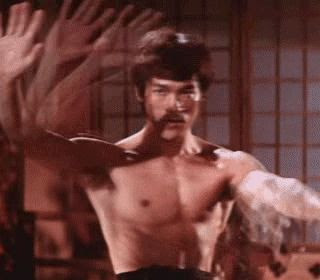



Karate
https://www.tumblr.com/tagged/


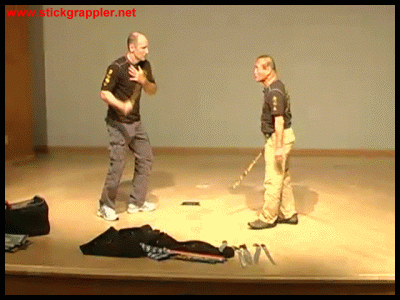
Judo

http://thoughtelevators.com/


Jogging




Cycling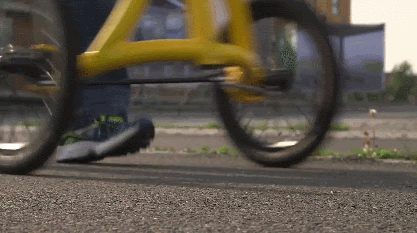

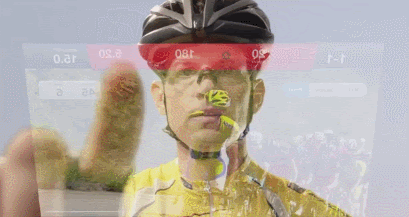
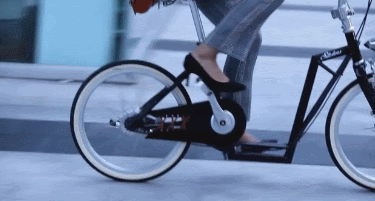

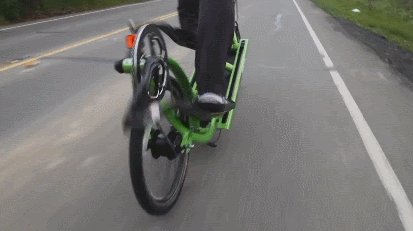
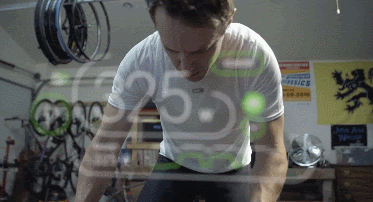
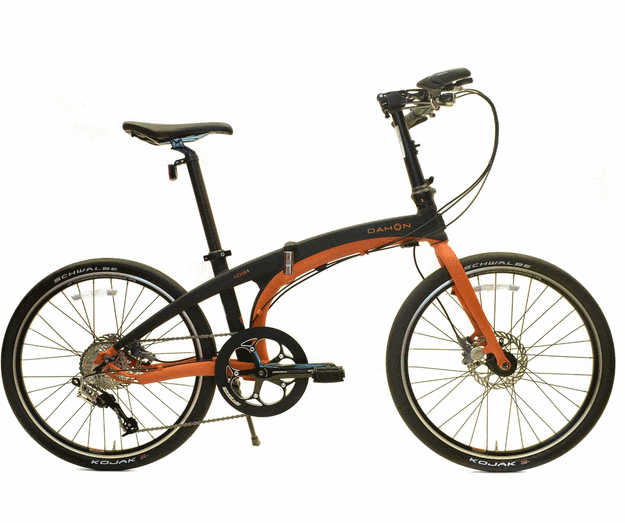




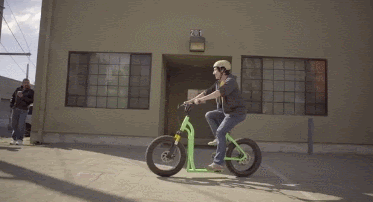
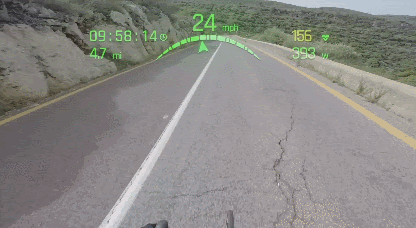

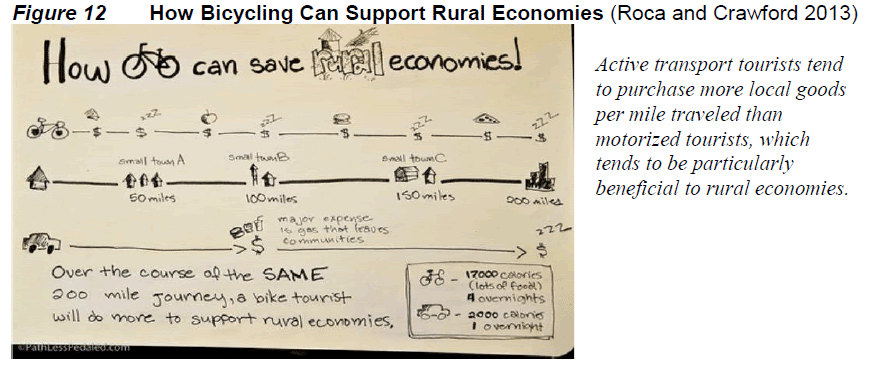


http://bicyclinghub.blogspot.
What Makes a Community Bicycle-Friendly?
 According to the League of American Bicyclists,
According to the League of American Bicyclists,it is one that “welcomes cyclists by providing safe accommodation for
cycling and encouraging people to bike for transportation and
recreation.” Judged on the Five E’s (Engineering, Education, Encouragement, Enforcement, and Evaluation & Planning)
when it comes to integrating bicycling and walking as valid and
important facets of multi-modal transportation, health and recreation,
communities throughout the U.S. that apply to the Bicycle Friendly America Program are ranked not only on their current efforts, but provided valuable feedback on opportunties for future improvements and growth.
Just in time to mark National Bike Month,
the League announced the latest round of twenty-one new Bicycle
Friendly Community (BFC) designations on April 30th, with Minneapolis,
Boston, New York City and Washington, DC topping the list.
“This
was one of the strongest groups of applicants we’ve seen with a lot of
solid projects and programs from communities all across the country –
from 1,200 people in Sisters, Ore. to more than 8 million in New York
City,” according to Megan Cahill, Communications Director.
“We are thrilled to see Minneapolis reach a gold‐level Bicycle Friendly
Community designation,” said Bill Nesper, director of the League’s Bicycle
Friendly America Program. “The city’s great investments in bike lanes, bicycling
safety education, and encouragement programs have paid off for its residents. In
fact, communities across the country are now looking at Minneapolis as a model.”
Under the leadership of Mayor R.T. Rybak, Minneapolis was first designated as silver‐level BFC in May 2008. ‘We’ve
made a deliberate effort to be one of the nation’s top bicycling
cities, and those investments mean we have more and more ways for people
to commute and experience the city on two wheels,” said Mayor
Rybak. Thanks to the city’s efforts, Minneapolis has doubled its number
of bicycle commuters over the last nine years, placing it behind only
Portland, Ore. among the largest cities in the U.S.—no small feat for a
city with a notoriously harsh winter.East Coast Cities Earn Silver Designations and Race to Gold
To date, the Eastern United states has had very few silver‐level
Bicycle Friendly Communities and no gold‐level BFCs. That’s beginning to
change. Today, the League of American Bicyclists gave Boston, New York
City, and Washington, D.C. silver‐ BFC designations. The cities are now
competing to be the first to earn gold. Since Mayor Thomas Menino
launched Boston Bikes in 2007, the city has added 38 miles of facilities and has seen a spike in bicycle ridership. Bicycle commuting grew by 125 percent between 2005 and 2009 – and is at a level four times the national average.
In 2010 alone, Boston installed 20 miles of bike lanes, incorporating
numerous best‐practices like cycle‐tracks, bike boxes, colored bike
lanes, buffered bike lanes, and special treatments over trolley tracks
and at high‐crash intersections. With 29 pre‐existing miles of multi‐use
paths, the network now totals nearly 67 miles. All this helped Boston
earn silver in its very first BFC application.New York City has
long been known for innovation and it is now applying that spirit to
promoting bicycling. Under the Commissioner of the New York City
Department of Transportation, Janette Sadik‐Khan, the city has made
great strides since their 2004 honorable mention and 2007 Bronze award.“Moving the needle on bicycling in a city the size of New York City is nothing short of remarkable, and the city is one of the very few that has jumped two award levels,” said Andy Clarke, President of the League of American Bicyclists. “With the imminent arrival of bike sharing and the continued expansion of the bikeway network, Gold is not far away.” New York City developed an in‐depth crash analysis, distributed 45,000 copies of the BikeSmart Guide to Cycling, and built an unprecedented amount of new and innovative bicycle facilities. In 2010, the NYCDOT installed more than 50 miles of bike infrastructure citywide, including protected on‐street bicycle paths on First and Second Avenues, Columbus Avenue and Prospect Park West. The city has a nation‐leading 500 miles of bike lanes.
Washington,
D.C. first received a Bronze BFC award in 2004. Over the last seven
years, it unveiled several signature projects including buffered bike
lanes on Pennsylvania Avenue connecting the White House and the Capitol
Building, a world‐class bike parking facility, Bikestation, and the
largest public bike sharing system in the country. These major projects
are supported by an extensive bicycling education and encouragement
program for children and adults. Washington now has the highest share of bicycle commuters of any major city on the East Coast.

Recently awarded a Silver-Level Bicycle Friendly Business designation by the League, BicyclingHub.com
wishes to congratulate these communities on their efforts and
encourages bicyclists to keep working to make a difference in their
communities where invididuals feel safe to work, ride and play.
To
date, the League of American Bicyclists has received 452 applications
and designated 179 Bicycle Friendly Communities in 44 states. For a full
listing of all designated communities, visit the Bicycle Friendly
America Program - Communities Master List. For more information on how to get started, consult the Blueprint.










